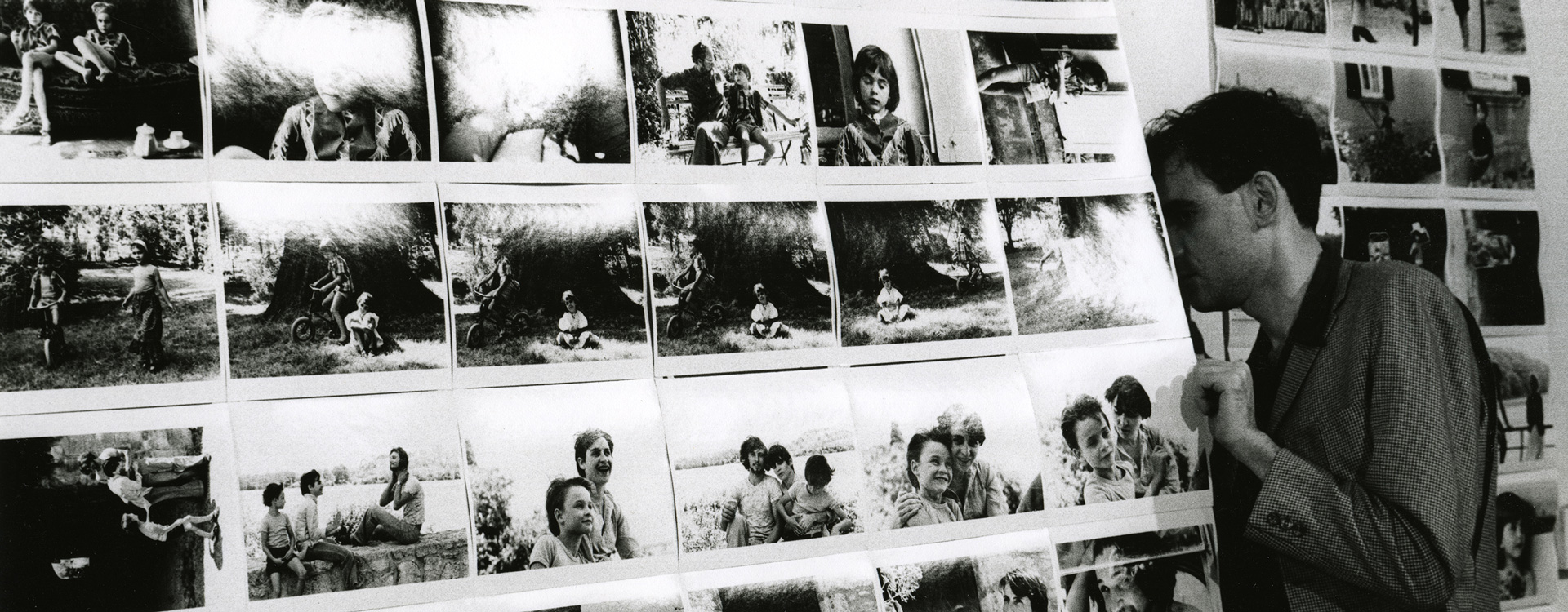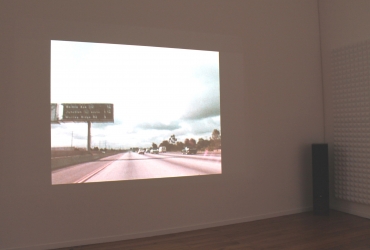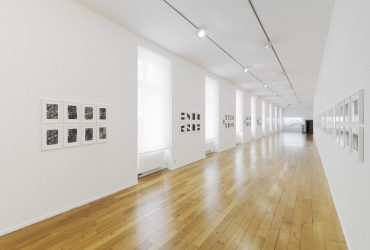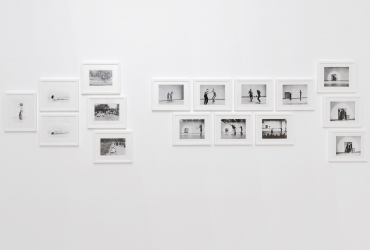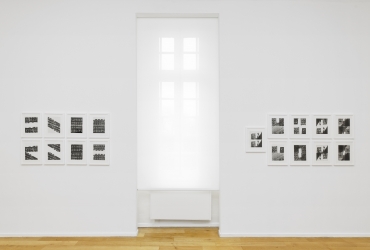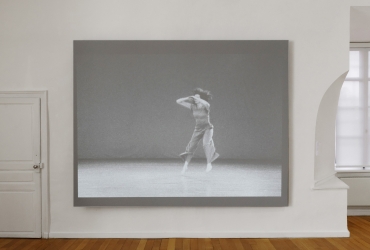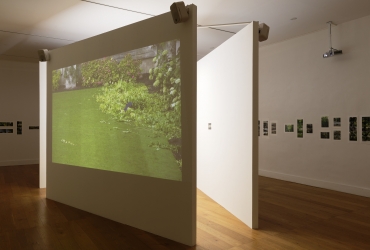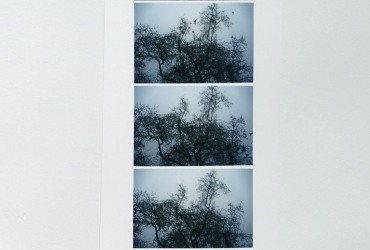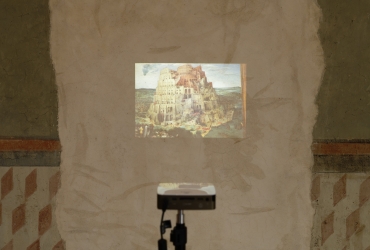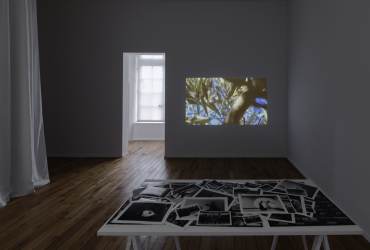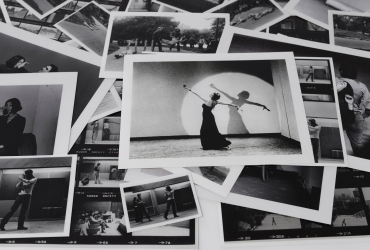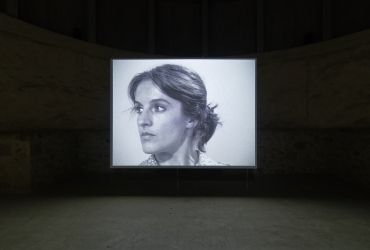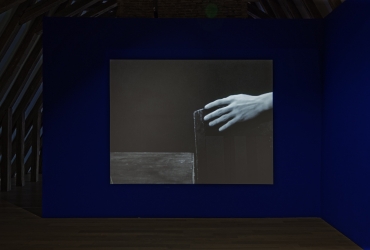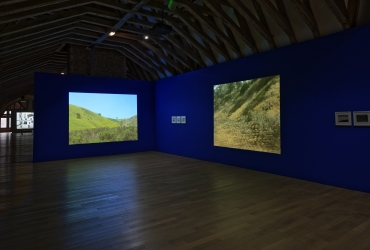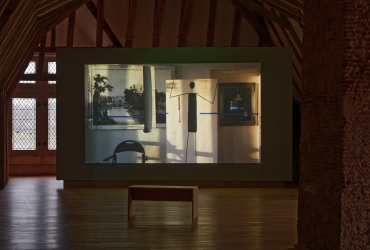1st MarCH – 16th september 2019
Rochechouart Museum of Contemporary Art is delighted to welcome Franco-American artist Babette Mangolte for her first retrospective in France. Spaces to SEE presents a broad selection of her photographs, films and installations including new commissions displayed throughout Rochechouart Museum's castle galleries.
Babette Mangolte (b. 1941) studied film and photography in Paris in the late sixties before moving to New York in 1970 on a quest to understand the structural film movement which had yet to take hold in France. She was soon drawn to Anthology Film Archives, a centre recently founded by Peter Kubelka and other avant-garde film makers such as Stan Brakhage and Jonas Mekas. It was here that she encountered many of them including Michael Snow whose film Wavelength left a lasting impression on her own work.
From the moment of her arrival in New York, Babette Mangolte set about making a photographic record of art performances and choreography, notably of work being done by artists Richard Whitman, Stuart Sherman and Joan Jonas as well as by experimental choreographers associated with the Judson Memorial Church in Greenwich Village (e.g. Steve Paxton, Simone Forti, Trisha Brown). She continued documenting these avant-garde works well into the mid-1980s, being instrumental in laying down and shaping a significant archive of performance works created in the context of their specific time and place.
As director of photography Babette Mangolte filmed Yvonne Rainer's Lives of Performers (1972), and Chantal Ackerman's short La chambre (1972) plus the latter's full-length feature Jeanne Dielman, 23 rue du Commerce, 1080 Bruxelles (1975). Babette Mangolte made her own first full-length film, What Maisie Knew, in 1974, placing the subjectivity of the camera at the heart of the film's creative process.
Since the mid-1970s, Babette Mangolte has made over 20 films in this vein, where the camera's subjective vision, the role of spectators in the filmic process, the relation of the human body to its surrounding space, all contribute to her cinematographic language. Perhaps most representative is the film The Camera:Je, (La Caméra:I) made in 1977.
During the 1980s her attention turned to experience of time in landscapes either through transformations or imagination, for example in There? Where? (1979) or The Sky on Location (1982). Having been a witness to growing urban sprawl across the Californian countryside and the effects of climate change, her work took on a political edge, epitomized by the 1991 film Visible Cities.
Spaces to SEE at Rochechouart surveys Babette Mangolte's entire production of photos and films, a mixture of past and present subjects that range from landscape, art history and use of words to works featuring improvised body or camera movements.
This first retrospective exhibition in France provides a fully immersive experience of the artist and her world with over 200 photos and films, previously un-shown sets of works, the production of a new film plus reactivations of installations including those made for the Berlin Biennial in 2008 and for VOX Art Centre in Montreal in 2013.
Over the last ten years Babette Mangolte has had major solo shows at VOX (Montreal) in 2013 and at the Vienna Kunsthalle in 2016. She has taken part in numerous international exhibitions (e.g. Berlin Biennial 2008, Migros Museum in Zürich, Whitney Museum 2010 Biennial) and her works are regularly shown in collections at the Tate Modern (London), the MACBA Contemporary Art Museum (Barcelona) and at New York's Museum of Modern Art.

